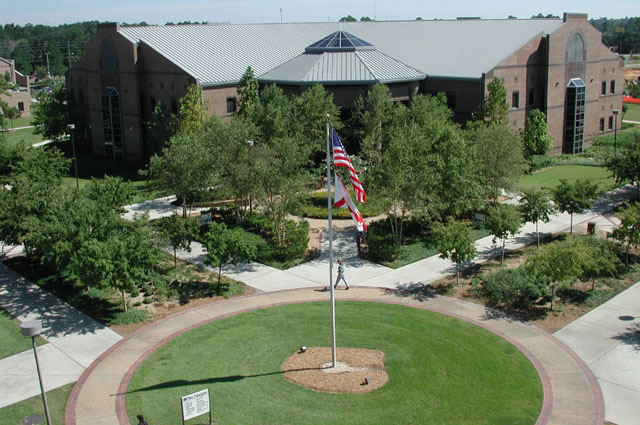May is Asian-Pacific American Heritage Month
TCC Library Celebrates Asian-Pacific American Heritage Month

By presidential proclamation, this month recognizes one of the nation's fastest-growing population groups -- those of Asian and Pacific American heritage. The observance began in 1978, with a joint congressional resolution honoring the arrival of the first Japanese immigrants in the 1840s and the completion of the transcontinental railroad in 1869, with the help of Chinese immigrants. Now, 15.5 million people in the U.S. are of Asian heritage, about 5 percent of the total population.
Websites
 Asian-Pacific American Heritage Month, Library of Congress
Asian-Pacific American Heritage Month, Library of Congress"The Library of Congress, National Archives and Records Administration, National Endowment for the Humanities, National Gallery of Art, National Park Service, Smithsonian Institution and United States Holocaust Memorial Museum join in paying tribute to the generations of Asian and Pacific Islanders who have enriched America’s history and are instrumental in its future success." This site has online images, audio/video, and access to several online exhibits.
 Asian Pacific American Heritage Association
Asian Pacific American Heritage AssociationIn June 1977, Representatives Frank Horton of New York and Norman Y. Mineta of California introduced a House resolution that called upon the president to proclaim the first ten days of May as Asian/Pacific Heritage Week. In May 1990, the holiday was expanded further when President George H. W. Bush designated May to be Asian Pacific American Heritage Month. May was chosen to commemorate the immigration of the first Japanese immigrants to the United States in 1843.
 ACT: Asian Coalition of Tallahassee
ACT: Asian Coalition of TallahasseeOriginally, the ACT was formed by the Big Bend Filipino American Association, India Association of Tallahassee, North Florida Chinese Association, the Tallahassee Families with Asian Children, and the Chinese Association of Tallahassee. This has grown with the inclusion of FSU International Center, Japanese Community Group, Chinese Children Adoption International, Taiwanese American Association of Tallahassee, Thai Community of Tallahassee, Persian Cultural Club, Korean community, Rossier Productions, Inc. Pakistani community, World Economic Forum and many other Student associations...It aims to unite the various Asian communities within the Tallahassee area and promote and share our rich Asian cultural heritage with the local community through community activity involvement and cultural events. To achieve this, ACT launched "Experience Asia" which has experienced meteoric rise to become a major annual event in Tallahassee.
 U.S. Census Bureau
U.S. Census Bureau"Profile America - Sunday, May 2nd. By presidential proclamation, this month recognizes one of the nation's fastest-growing population groups -- those of Asian and Pacific American heritage. The observance began in 1978, with a joint congressional resolution honoring the arrival of the first Japanese immigrants in the 1840s and the completion of the transcontinental railroad in 1869, with the help of Chinese immigrants. Now, 15.5 million people in the U.S. are of Asian heritage, about 5 percent of the total population. California has the largest number of this group at just over five million. Hawaii is the state where Asians make up the highest proportion of the total population at 54 percent. You can find these and more facts about America from the U.S. Census Bureau online." Listen or download in .mp3 format or as .wav file.
NewsRoom: Facts on the Asian Population
Census Information Centers, Asian American Organizations
MultiMedia Gallery, Asian/Pacific American Heritage Month
Facts for Features: Asian/Pacific Americn Heritage Month 2010

Asian Nation: Asian American History, Demographics, & Issues
While Asian Americans "only" make up about 5% of the U.S.'s population (as of 2008), we are one of the fastest growing racial/ethnic groups (in terms of percentage increase) in the U.S. The Asian American community has received a lot of scrutiny over the years but in many ways, still remains misunderstood. Therefore, this site serves as a concise but comprehensive introduction to the Asian American community. Its purposes are to:
- Educate those who would like to learn more about the Asian American population
- Provide general and specific information about different topics and issues that affect the Asian American community
- Identify other sources of information related to Asian Americans








